Five Pioneers in Technology: Trailblazers Who Shaped the Digital Landscape
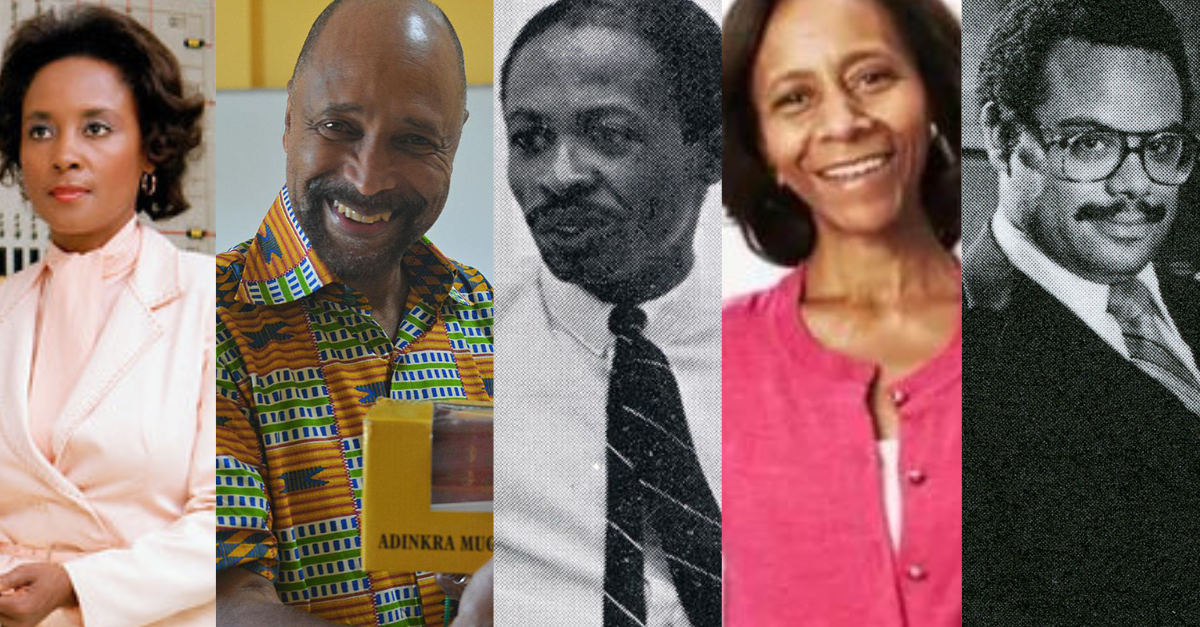
Author: UMSA
February 7, 2024
In honor of Black History Month, we wanted to highlight five African-America pioneers who stand out as trailblazers, breaking barriers and leaving an indelible mark on the digital frontier. This collection highlights the stories of remarkable individuals who not only contributed significantly to the field of computing, but also paved the way for diversity and inclusion. From early NASA computer programmer, Annie Easley, to the innovative developer of Voice Over Internet Protocol (VoIP), Marian R. Croak, each person in this compilation has played a vital role in shaping the digital world we know today. Join us in exploring their journeys, achievements, and lasting legacies that continue to inspire the next generation of tech enthusiasts and innovators.
Annie Easly – Early NASA Computer Programmer
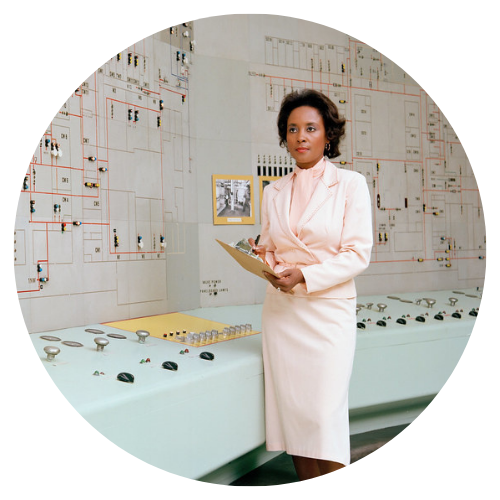 Annie Easley, initially unaware of the National Advisory Committee for Aeronautics (NACA), embarked on a 34-year career after reading about opportunities for individuals with strong math skills at the Aircraft Engine Research Laboratory in Cleveland. As one of the few African-American employees at the Lab in 1955, she began as a “human computer,” performing calculations by hand. Despite discrimination, Easley persevered with a focus on getting the job done. As technology advanced, she transitioned to computer programming, supporting NASA programs and researching energy conversion and alternative power technologies.
Annie Easley, initially unaware of the National Advisory Committee for Aeronautics (NACA), embarked on a 34-year career after reading about opportunities for individuals with strong math skills at the Aircraft Engine Research Laboratory in Cleveland. As one of the few African-American employees at the Lab in 1955, she began as a “human computer,” performing calculations by hand. Despite discrimination, Easley persevered with a focus on getting the job done. As technology advanced, she transitioned to computer programming, supporting NASA programs and researching energy conversion and alternative power technologies.
In the 1970s, Easley pursued a mathematics degree while working, emphasizing education and outreach. Actively involved in NASA’s speaker’s bureau, she inspired students, particularly females and minorities, to pursue STEM careers. Later, as an equal employment opportunity (EEO) counselor, she addressed discrimination issues cooperatively. Easley also played a role in promoting women’s rights. Her positive impact extended beyond her technical contributions, making her a respected and admired figure at NASA until her retirement in 1989. Easley’s legacy endures through her dedication to her work, education, and to breaking barriers for underrepresented groups.
Clarence “Skip” Ellis – Officetalk Creator and Icon-Based GUI Pioneer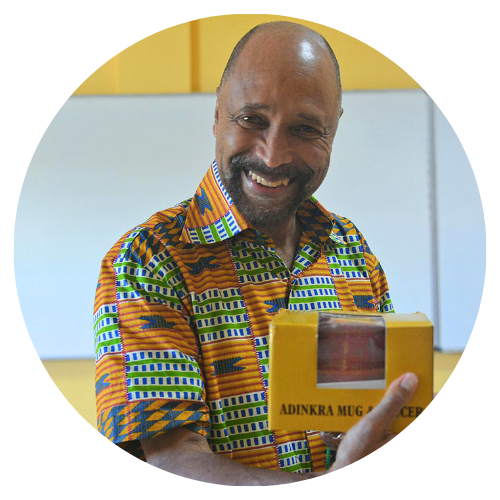
Dr. Clarence Ellis, after high school, obtained degrees in mathematics and physics from Beloit College, becoming one of the few Black students there. During his junior year, he assisted in setting up a computer at Beloit and later attended a computer science program at the University of Illinois, Urbana-Champaign. He remained at Urbana-Champaign for postgraduate studies, earning a master’s in math in 1966 and becoming the first Black person to receive a Ph.D. in computer science in 1969.
Dr. Ellis had a diverse career at Bell Labs, IBM, and Xerox, where, from 1976–1984, he led a team creating Officetalk, the first program to use icons and the Internet for long-distance collaboration. He played a key role in operational transformation, which was foundational for apps such as Google Docs. His career also involved teaching at institutions like Stanford and MIT. In 1972, as an associate professor, he co-founded the University of Colorado Boulder’s computer science department, later returning as a full professor until his retirement in 2010. Despite his passing in 2014, Dr. Ellis’s legacy persists, markedly in remote work and graphical user interfaces (GUIs), as he influences generations of Black computer scientists as a trailblazer and role model.
Roy L. Clay Sr. – Godfather of Silicon Valley
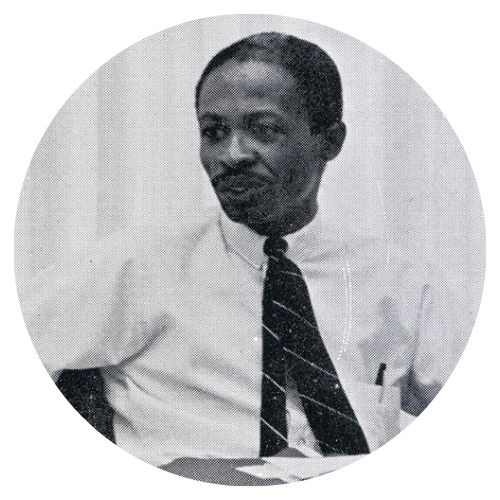 Roy Clay Sr., often referred to as the Godfather of Silicon Valley, was a trailblazer in computer software during the late 1950s and a pioneer for African Americans in the technology industry. Growing up in Jim Crow-era Missouri, he became the first African American to graduate from St. Louis University in 1951 with a Bachelor of Science in Mathematics.
Roy Clay Sr., often referred to as the Godfather of Silicon Valley, was a trailblazer in computer software during the late 1950s and a pioneer for African Americans in the technology industry. Growing up in Jim Crow-era Missouri, he became the first African American to graduate from St. Louis University in 1951 with a Bachelor of Science in Mathematics.
In 1956, Clay secured a position as a computer programmer at McDonnell Aircraft, overcoming racial barriers. He later worked at Lawrence Radiation Laboratory, contributing to software for the U.S. Department of Energy. David Packard of Hewlett-Packard recruited Clay in 1965, where he played a crucial role in establishing HP’s computer development business, writing software for the HP 2116A, the company’s first computer.
In the mid-1970s, Clay founded Rod-L Electronics to manufacture electrical-safety test equipment, responding to safety requirements from the Underwriters Laboratory. His company, Rod-L Electronics, still operates today in Mountain View, CA, with Clay as the CEO. Roy Clay Sr. was inducted into the Silicon Valley Engineering Council’s Hall of Fame in 2003 for his contributions to computing.
Throughout his career, Clay actively supported his community, establishing programs at HP to assist African Americans in Silicon Valley. At Rod-L Electronics, he became a significant employer of African American professionals. Clay also engaged in local politics, serving on the Palo Alto City Council, and he contributed to community organizations, including the Mid-Peninsula Boys & Girls Club. His impact extended beyond technology, marking him as a key figure in both Silicon Valley and in community service.
Mark Dean – Developer of Industry Standard Architecture and the IBM PC
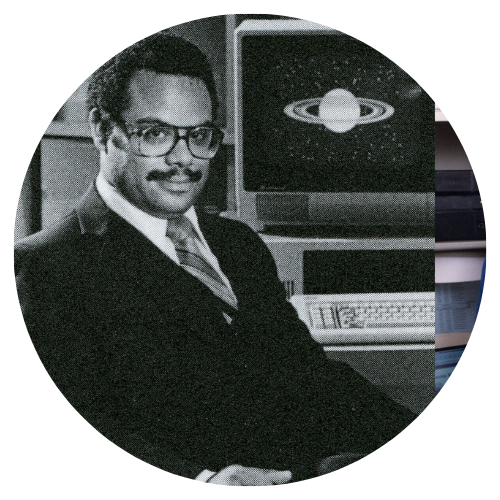 Professor Mark E. Dean, born in 1957 in Tennessee, displayed a passion for technology and innovation from a young age. Encouraged by his father, Dean, Mark became an exceptional student and star athlete, studying electrical engineering at the University of Tennessee and graduating at the top of his class in 1979.
Professor Mark E. Dean, born in 1957 in Tennessee, displayed a passion for technology and innovation from a young age. Encouraged by his father, Dean, Mark became an exceptional student and star athlete, studying electrical engineering at the University of Tennessee and graduating at the top of his class in 1979.
After receiving multiple job offers, Dean chose IBM, starting as an engineer during the transition from punch cards to screen-based displays. He played a pivotal role in the PC revolution, co-developing the Industry Standard Architecture (ISA) system bus, a set of wires inside of a computer that allows data to be passed back and forth, with Dennis Moeller. This technology became an industry standard, allowing users to expand PCs by plugging in various devices directly.
In 1982, Dean, at age 25, led the team that designed the original IBM PC, earning three of the nine original patents for the device. Following this success, he pursued higher education, completing a master’s degree at Florida Atlantic University and later a doctorate at Stanford University.
Dean’s most significant breakthrough came in 1999 when, along with an IBM team, he created the first gigahertz chip, enabling computers to perform one billion calculations per second. This innovation shattered previous processing speed barriers and revolutionized data processing capabilities.
Mark E. Dean’s contributions to the tech industry, spanning from PC design to groundbreaking chip development, have left an indelible mark, making him a pioneer and influential figure in the evolution of computing technology.
Marian R. Croak – Developer of Voice of Internet Protocol (VoIP)
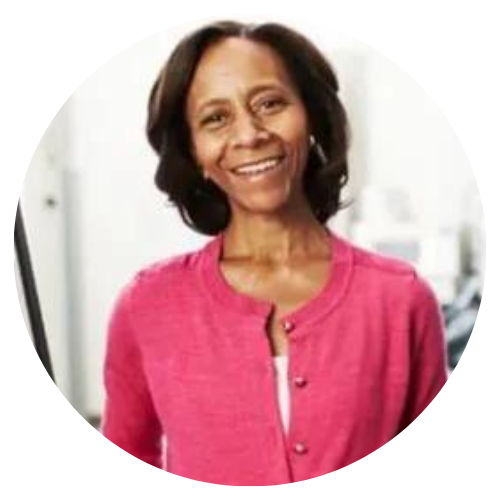 Marian R. Croak, a highly accomplished inventor in voice and data communication with over 200 patents, is renowned for developing Voice Over Internet Protocols (VoIP). Born in 1955 and raised in New York City, her childhood fascination with repair persons laid the foundation for her passion to “fix things” and improve them. Influenced by early role models, including high school math and science teachers, as well as her father, who built her a home chemistry set, Croak pursued a STEM career. She earned her undergraduate degree from Princeton University and a doctorate in social psychology and quantitative analysis from the University of Southern California.
Marian R. Croak, a highly accomplished inventor in voice and data communication with over 200 patents, is renowned for developing Voice Over Internet Protocols (VoIP). Born in 1955 and raised in New York City, her childhood fascination with repair persons laid the foundation for her passion to “fix things” and improve them. Influenced by early role models, including high school math and science teachers, as well as her father, who built her a home chemistry set, Croak pursued a STEM career. She earned her undergraduate degree from Princeton University and a doctorate in social psychology and quantitative analysis from the University of Southern California.
Joining AT&T Bell Laboratories in 1982, Croak’s career spanned over three decades in various roles in voice and data communication. Anticipating the Internet’s dominance, she played a crucial role in developing technology to “transform the internet,” establishing the fundamentals for VoIP. Her contributions extended to advancements in voice and text messaging on cellular phones. Croak also invented technology enabling text-based donations to charity.
Leaving AT&T in 2014 as Senior Vice President of Applications and Services Infrastructure, overseeing a significant team, Croak joined Google as a Vice President in the engineering group. In her current role, she is focused on expanding the Internet’s capabilities globally and enhancing accessibility in the developing world. Croak’s prolific career, dedication to innovation, and leadership continue to shape the landscape of voice and data communication technologies.
Conclusion: Trailblazing Legacies in Technology
In the ever-evolving landscape of technology, the stories of Annie Easley, Clarence “Skip” Ellis, Roy L. Clay Sr., Mark E. Dean, and Marian R. Croak stand as a testament to the transformative power of innovation and perseverance. From NASA’s early computing era to the creation of iconic software, these trailblazers have shaped the industry and paved the way for diversity and inclusivity.
Annie Easley’s resilience and commitment to education inspire future generations, while Dr. Clarence Ellis’s contributions to GUI development continue to influence how we interact with technology. Roy L. Clay Sr., the pioneer of Silicon Valley, excelled in software and actively worked towards empowering his community.
Mark E. Dean’s groundbreaking work in PC design and chip development has left an enduring mark on computing, and Marian R. Croak’s voice and data communication advancements underscore the ever-expanding possibilities of the internet.
As we reflect on their legacies, we recognize that the technological landscape thrives when fueled by diversity, determination, and a commitment to positive change. These luminaries have not only shaped the past but have illuminated a path for the future, where innovation knows no boundaries and opportunities are open to all.
To celebrate more Black Computer Science Pioneers, visit: https://elective.collegeboard.org/black-computer-science-pioneers-everyone-needs-know



